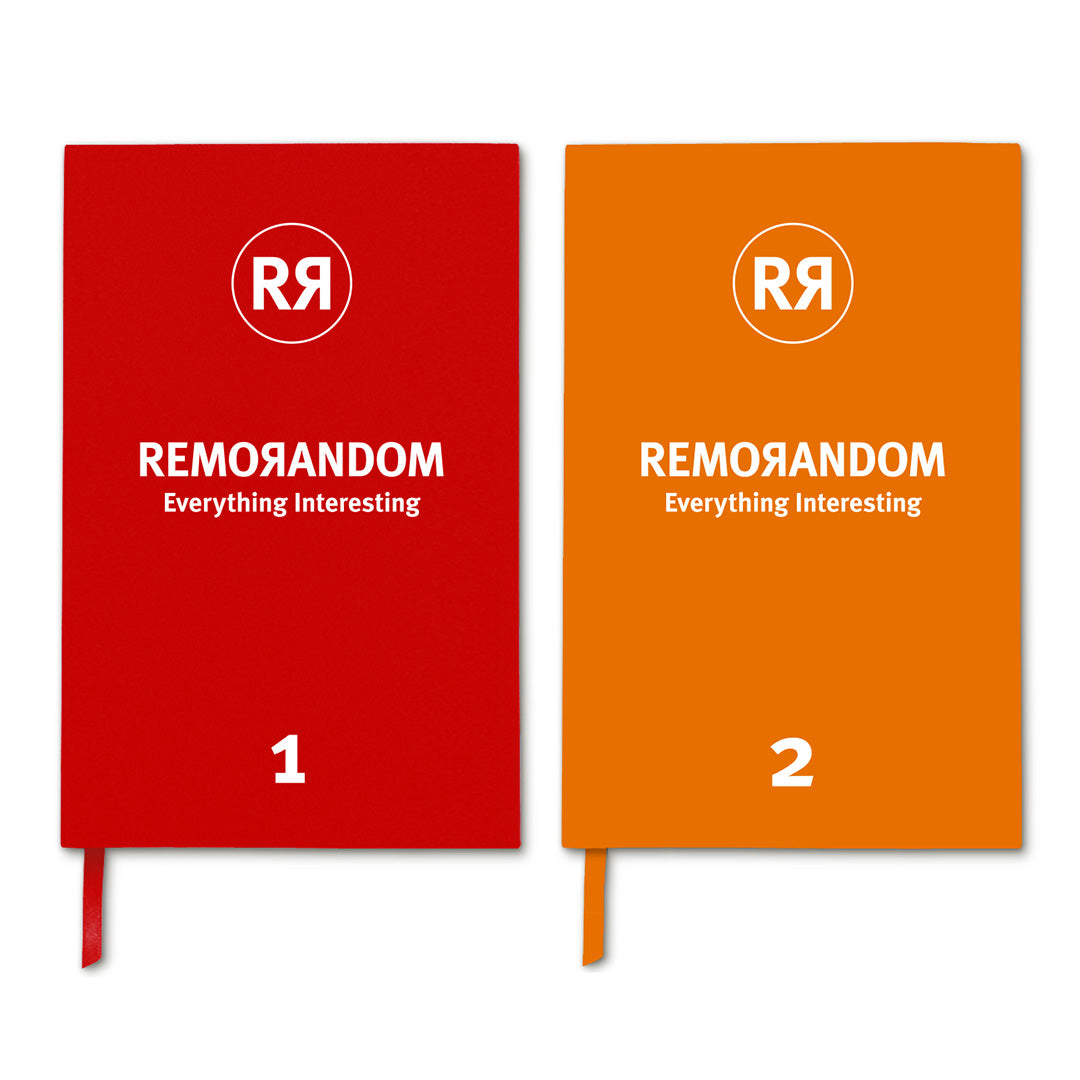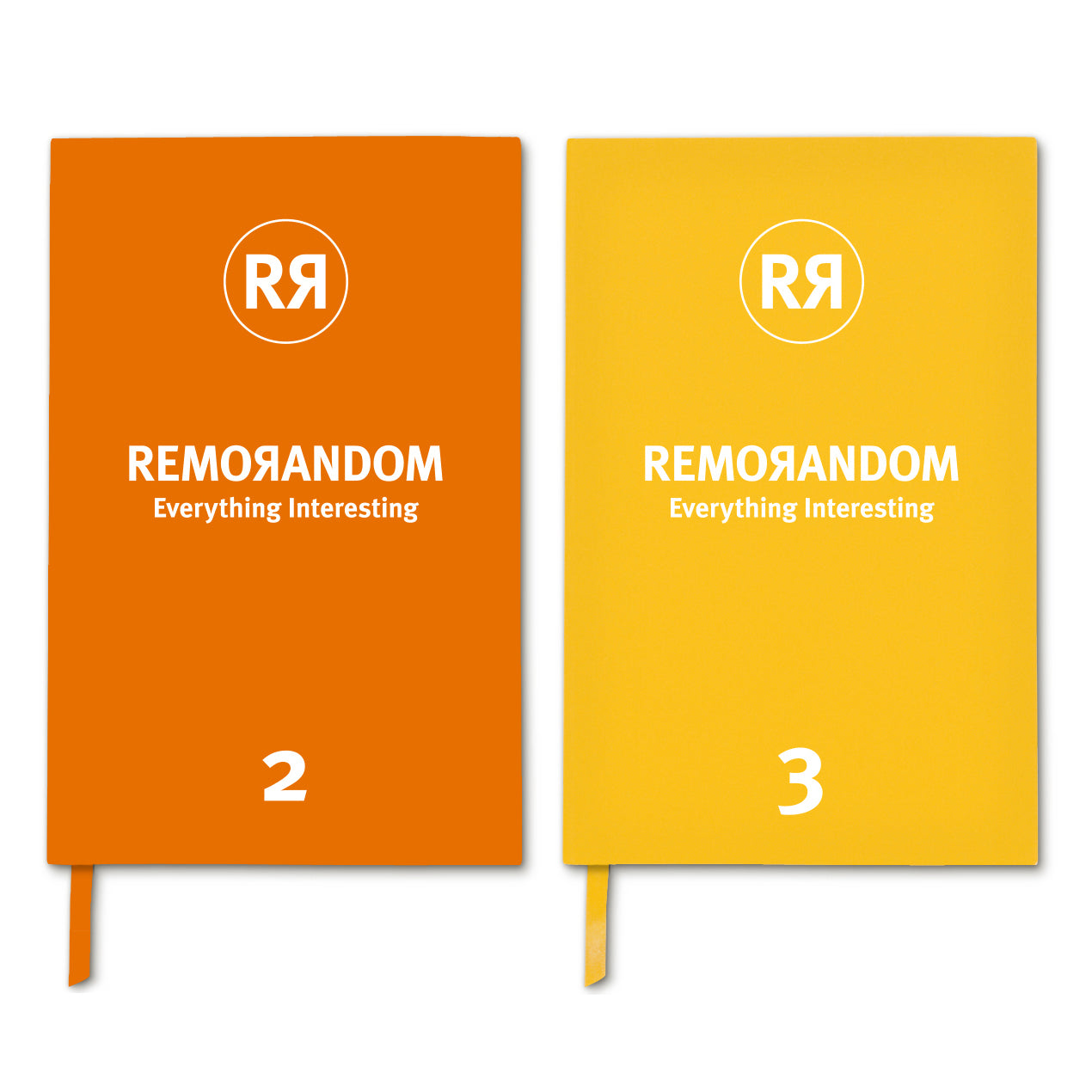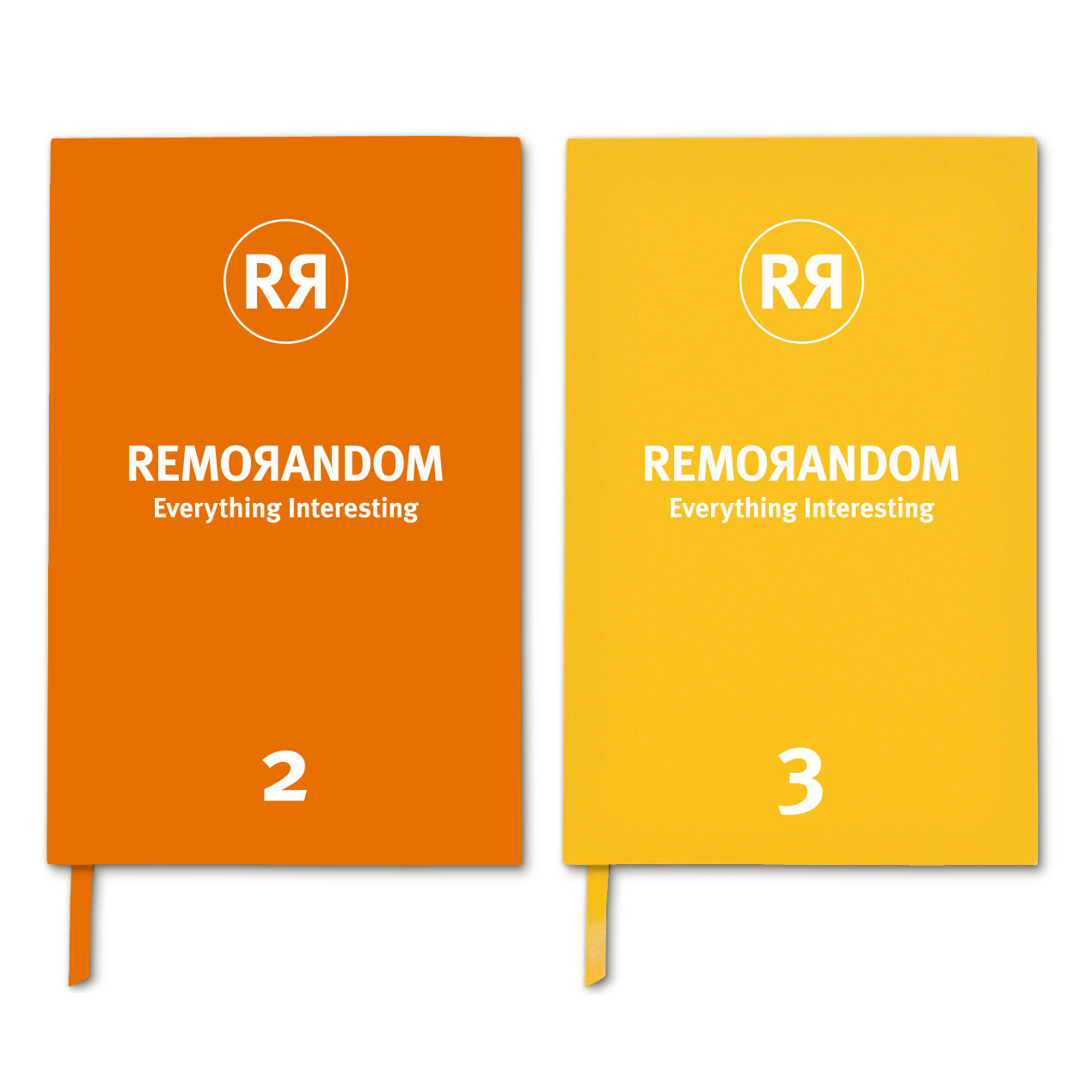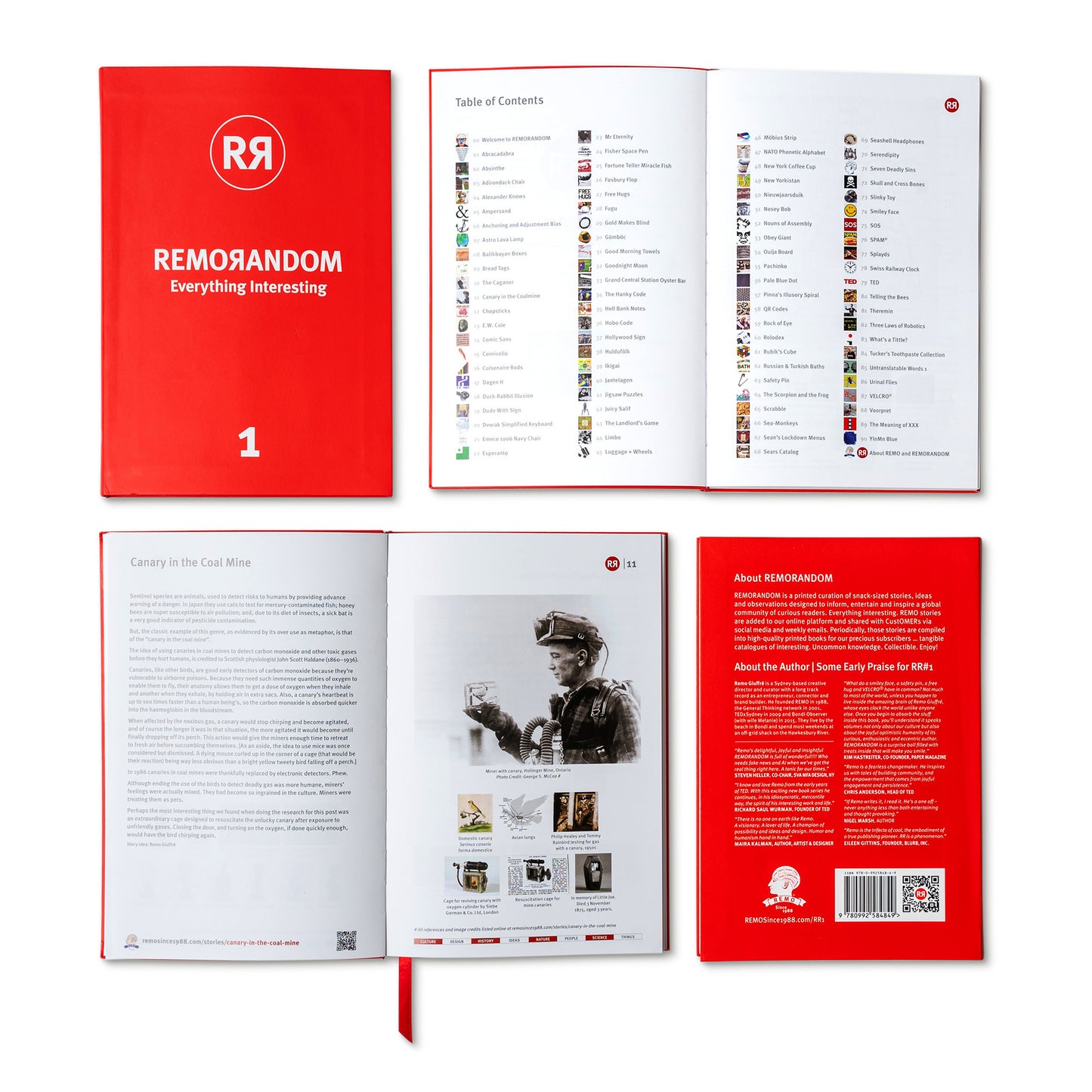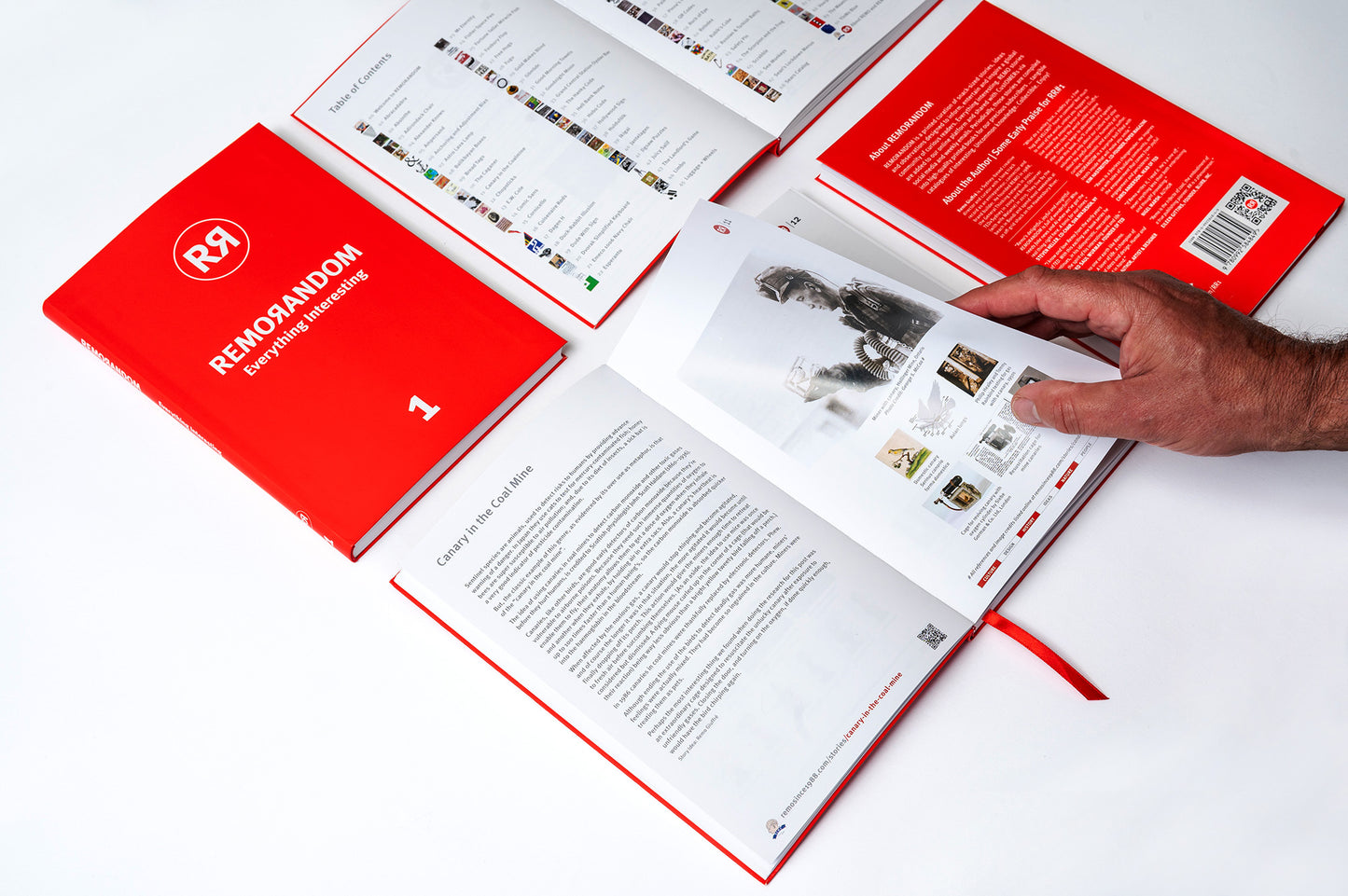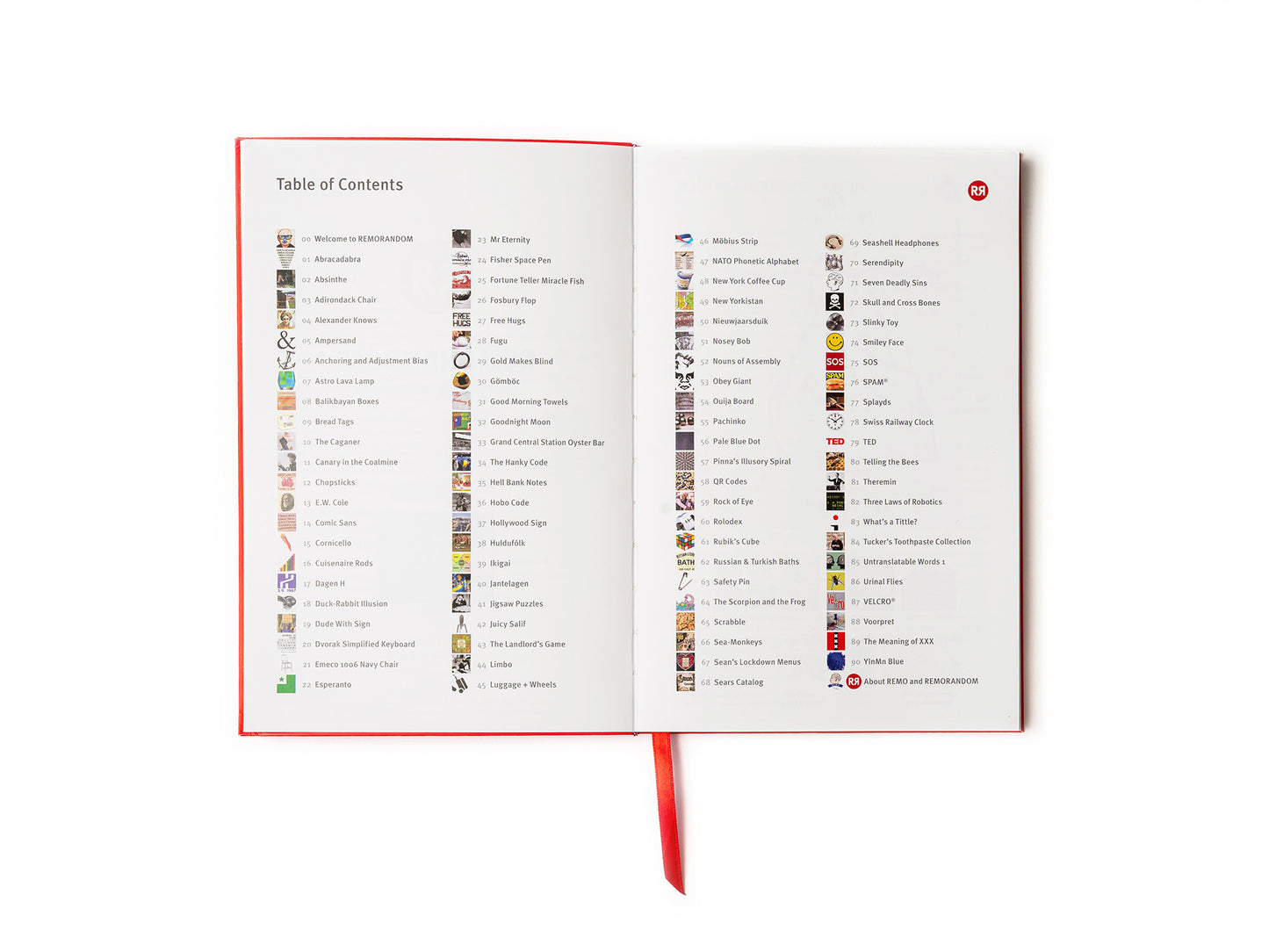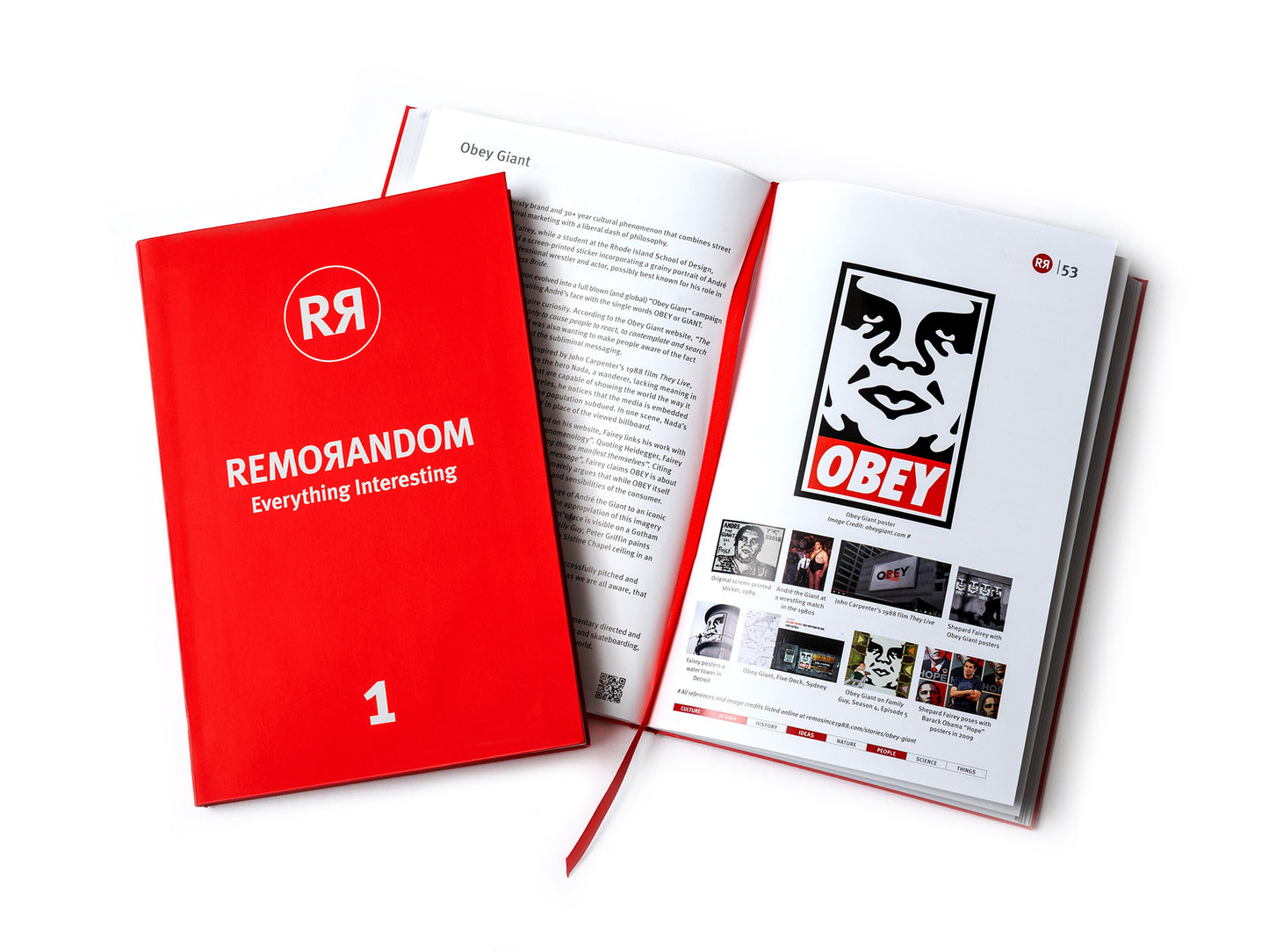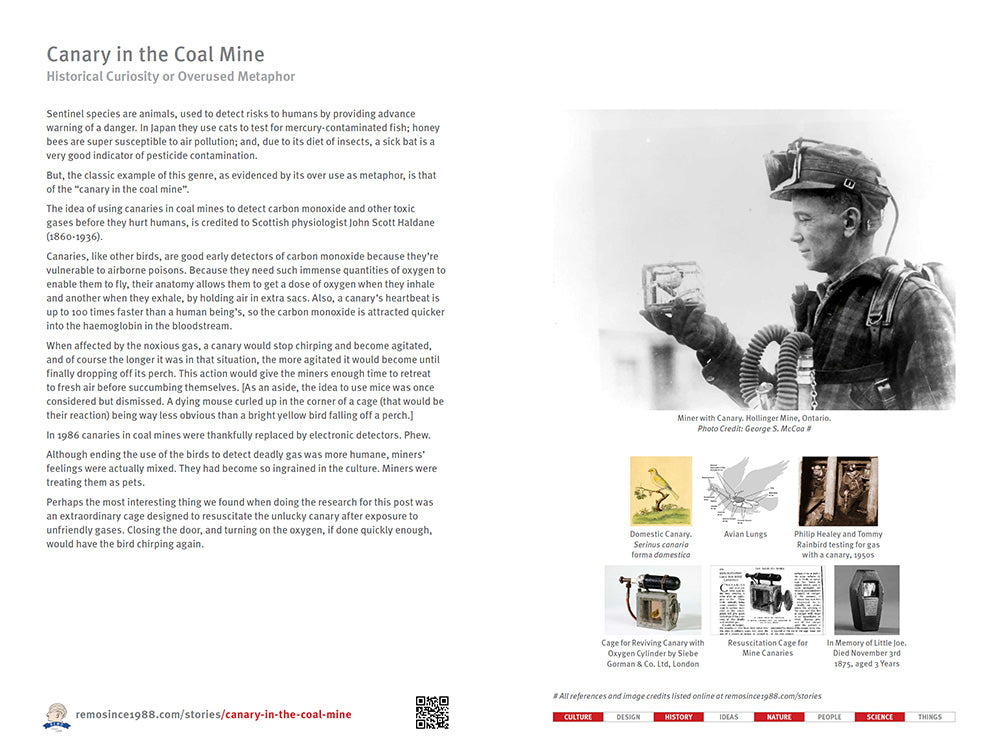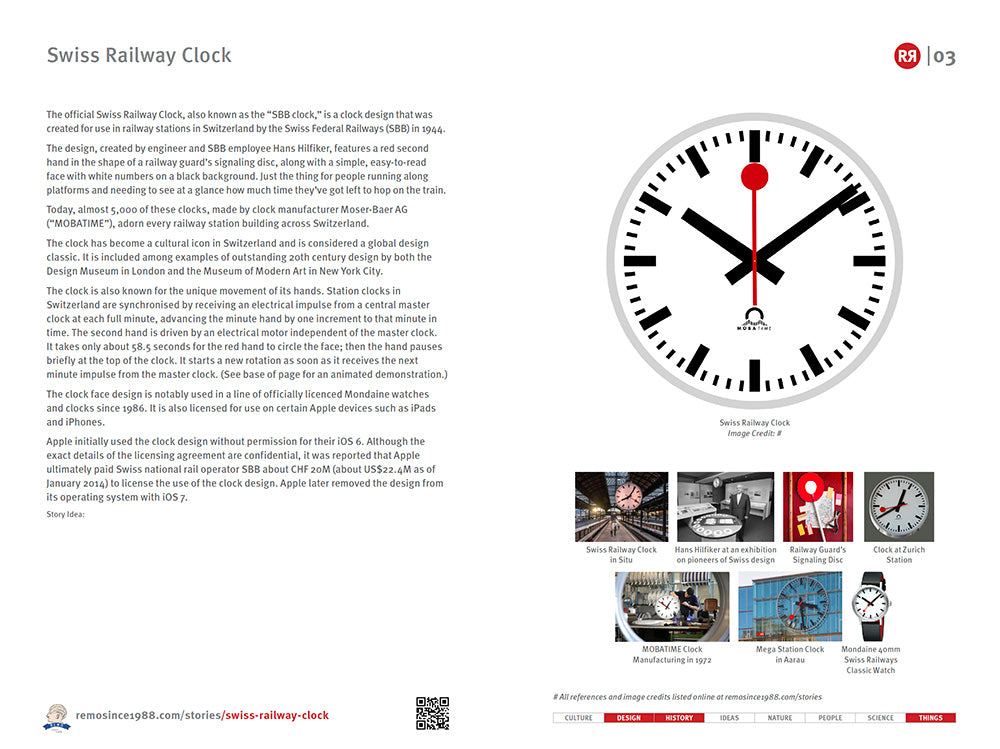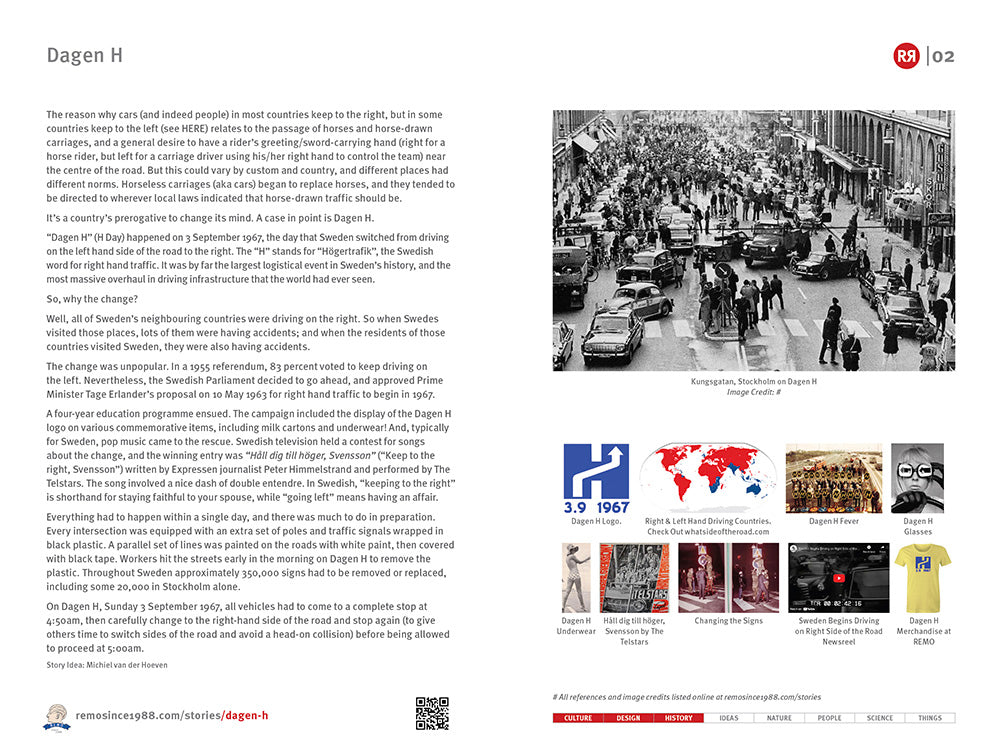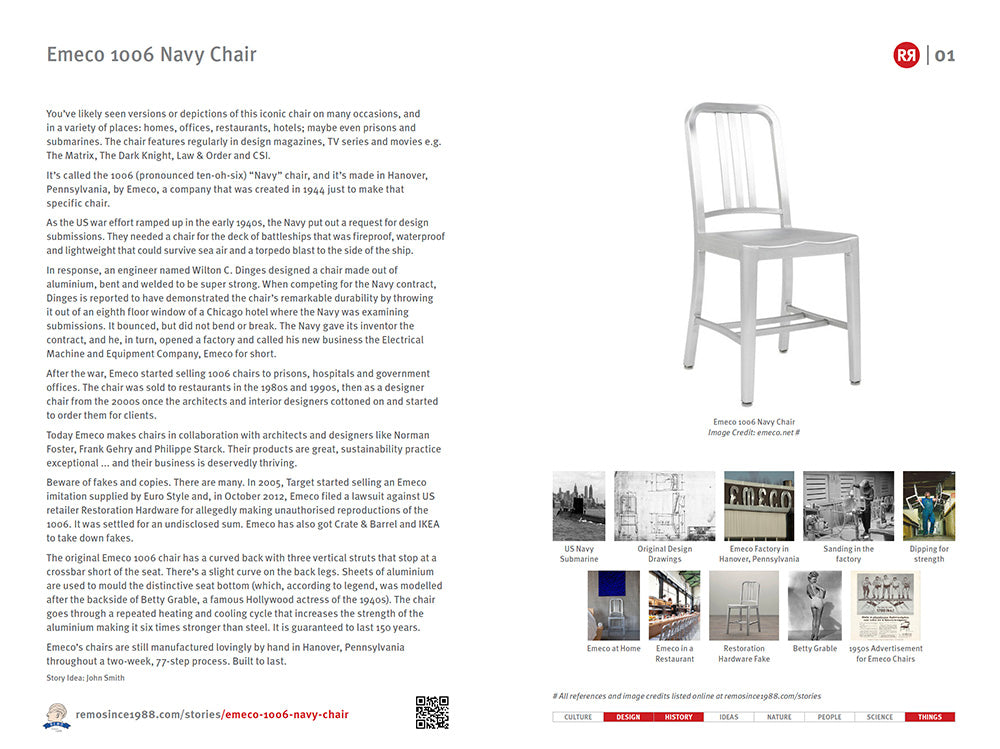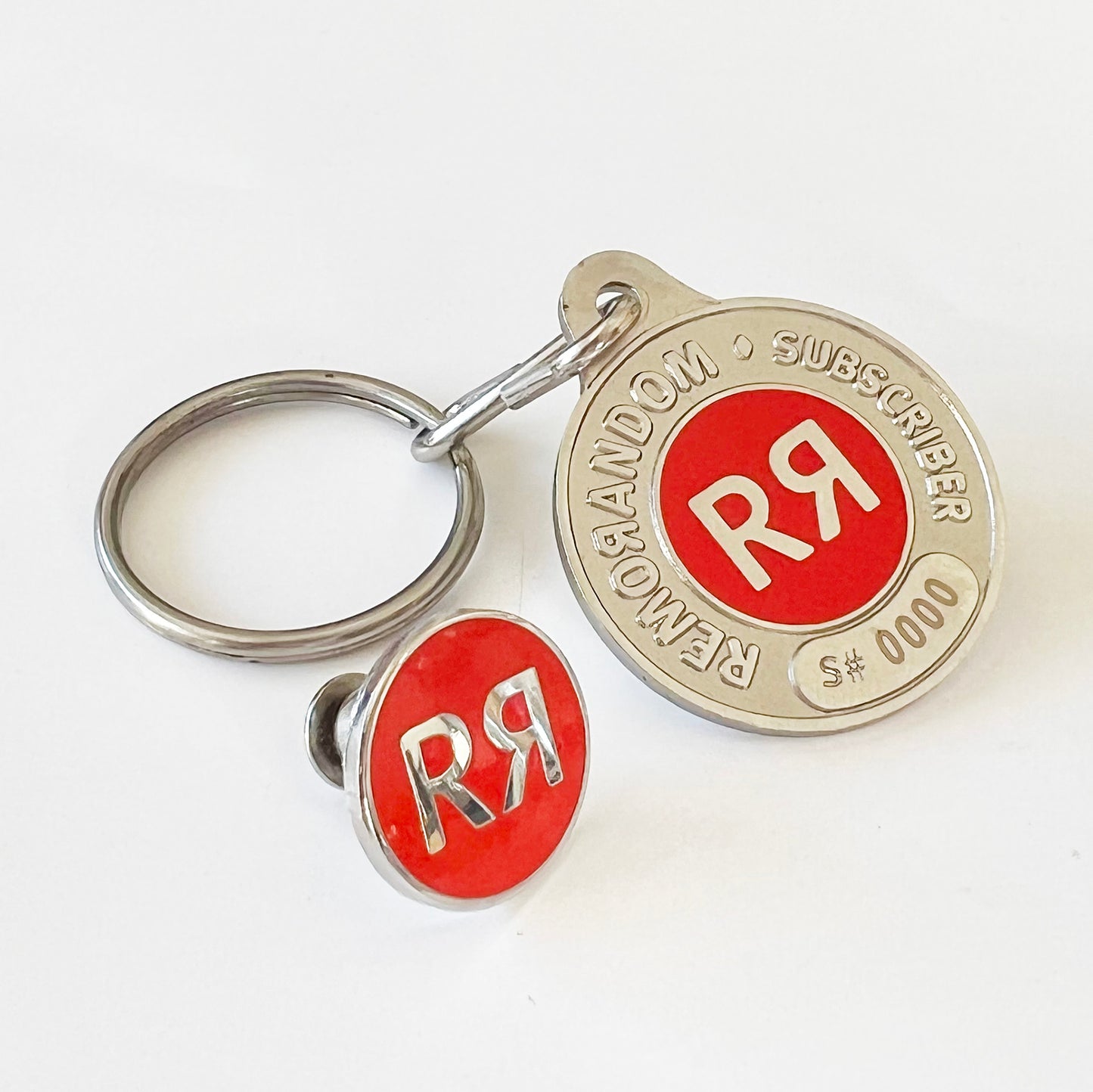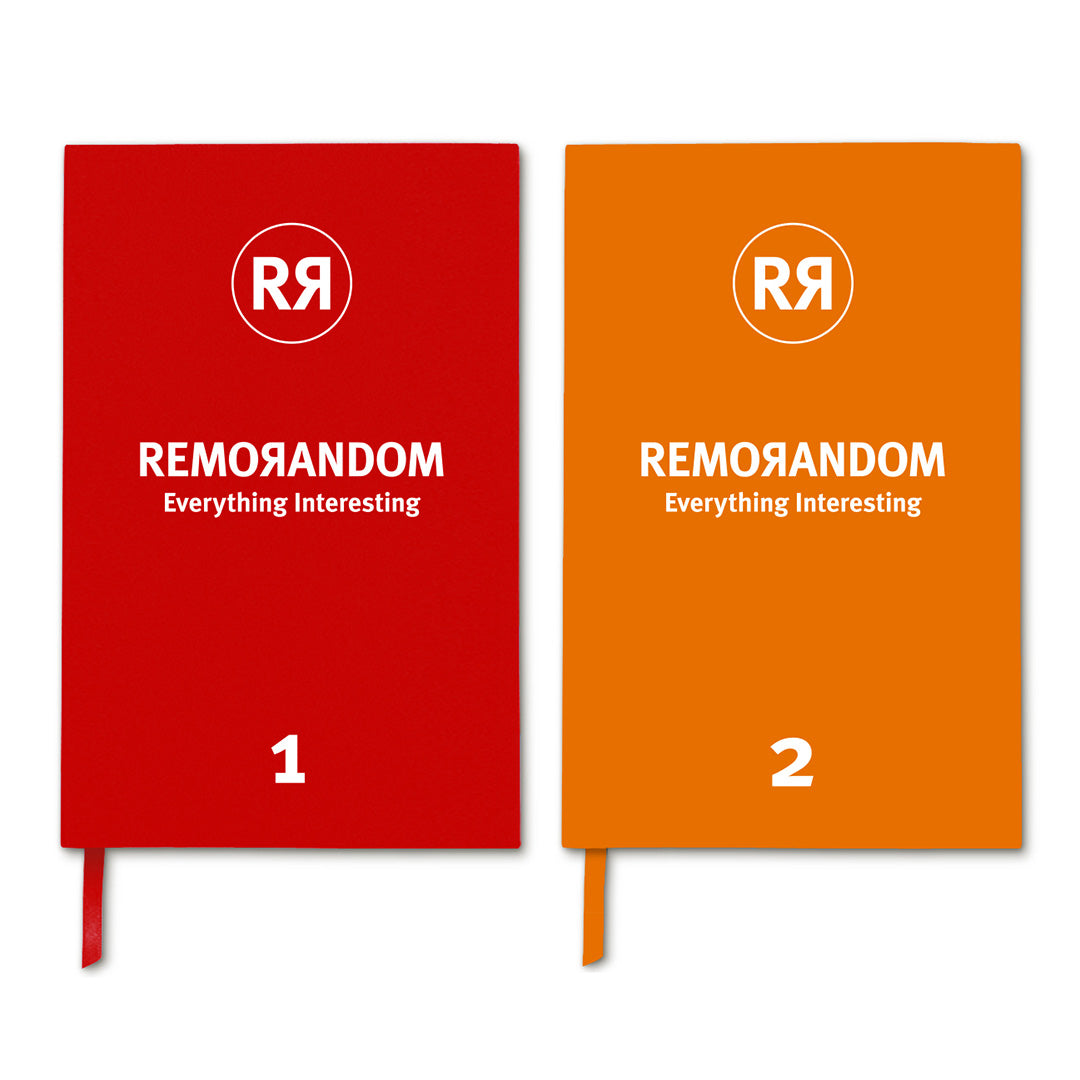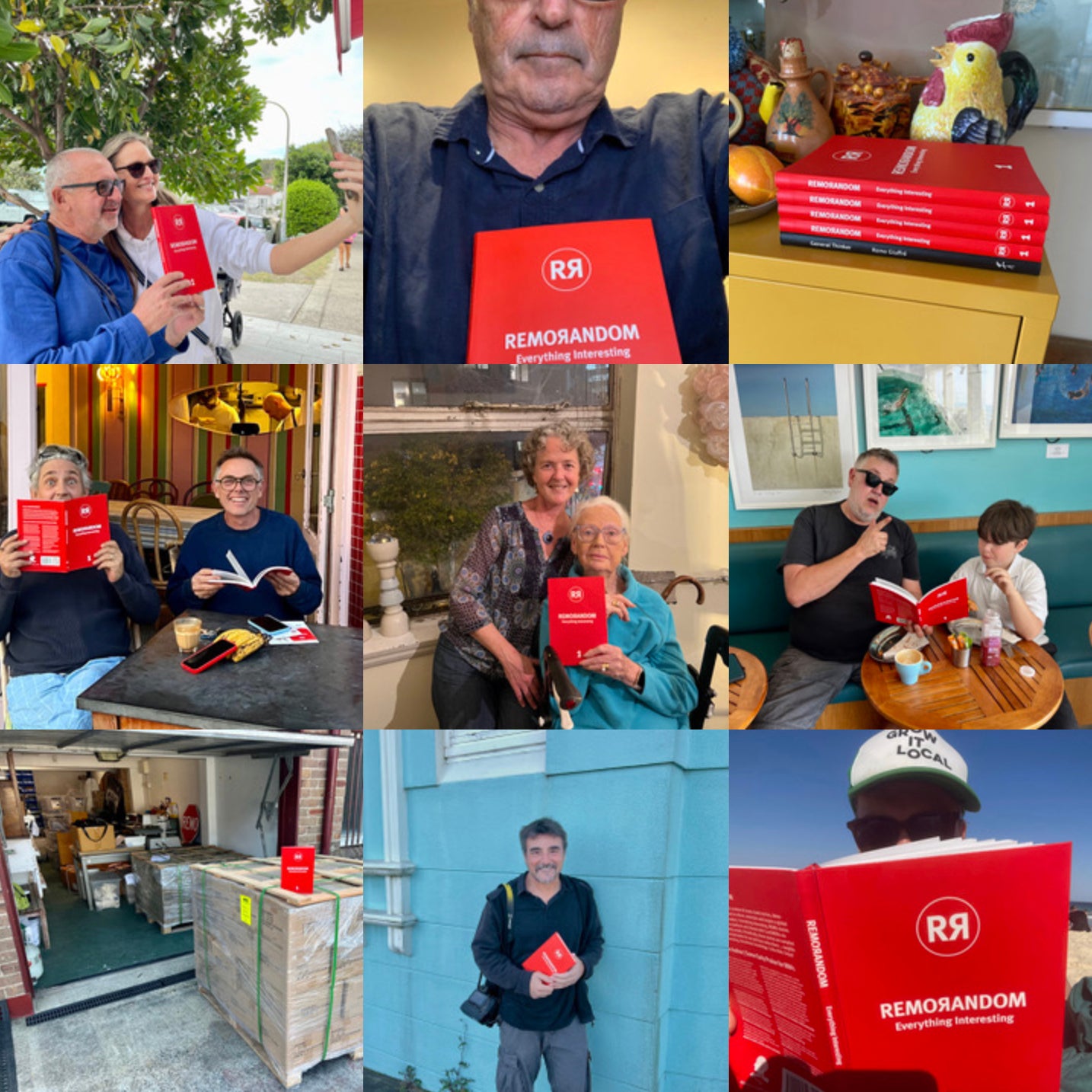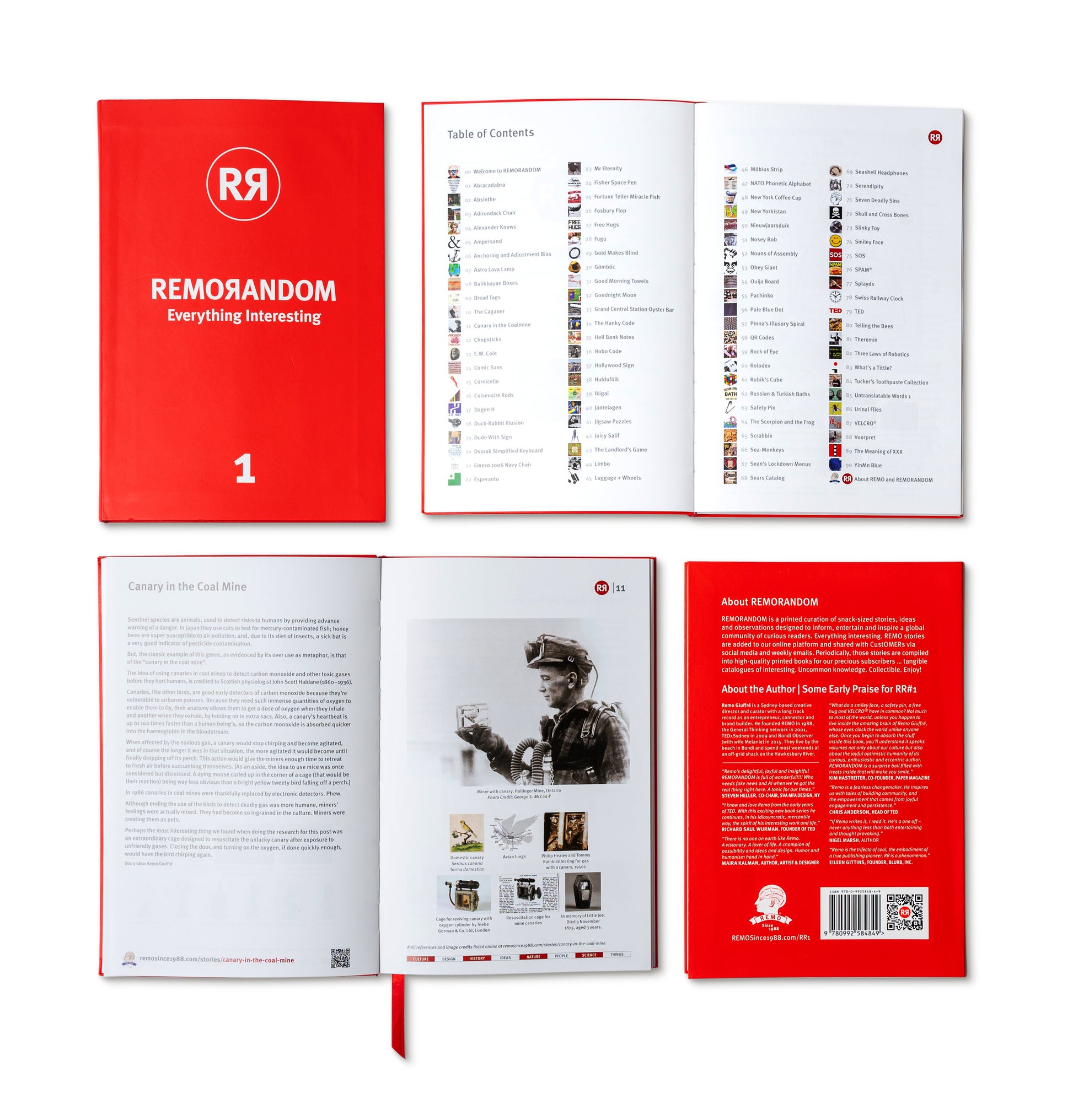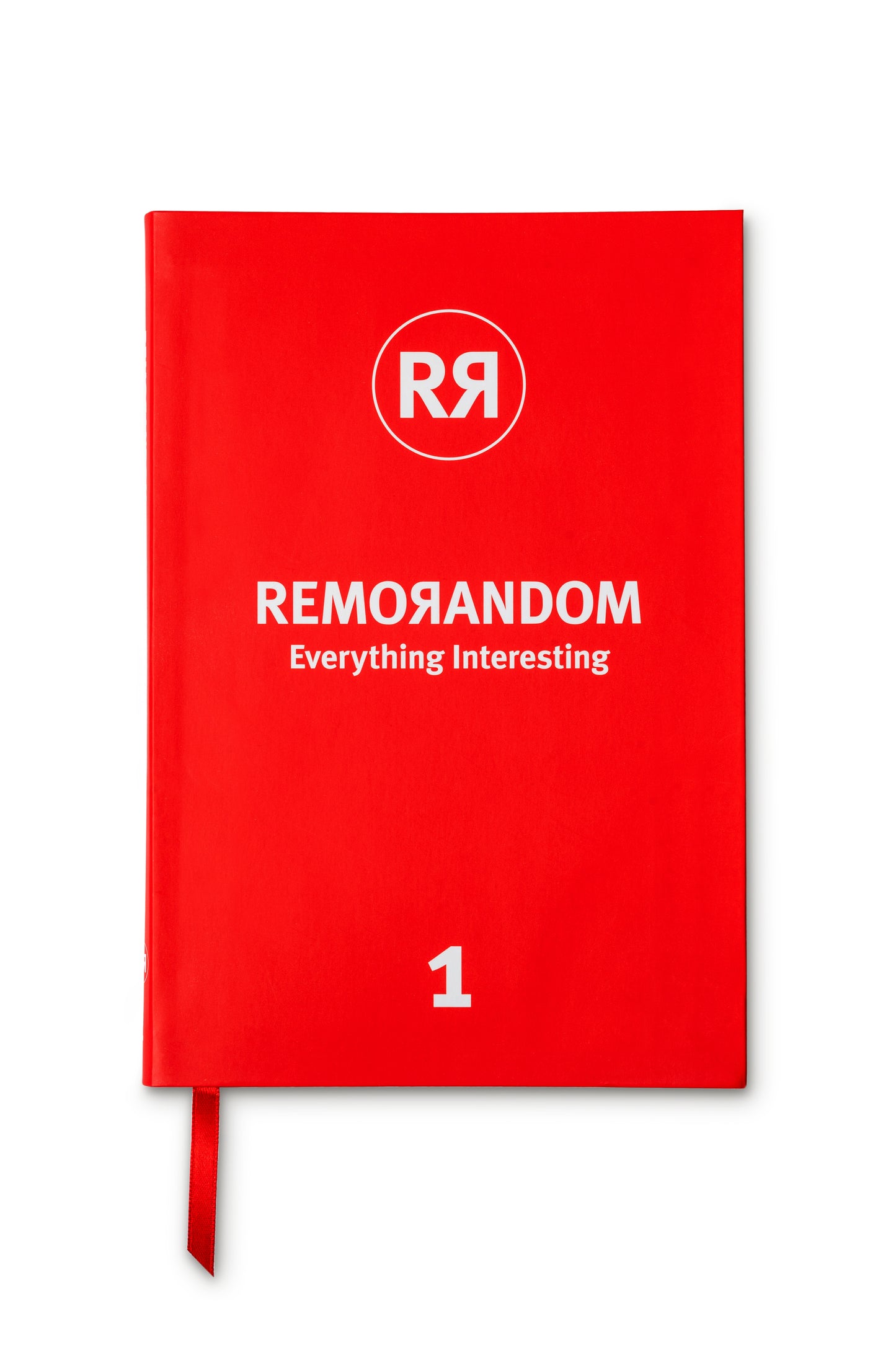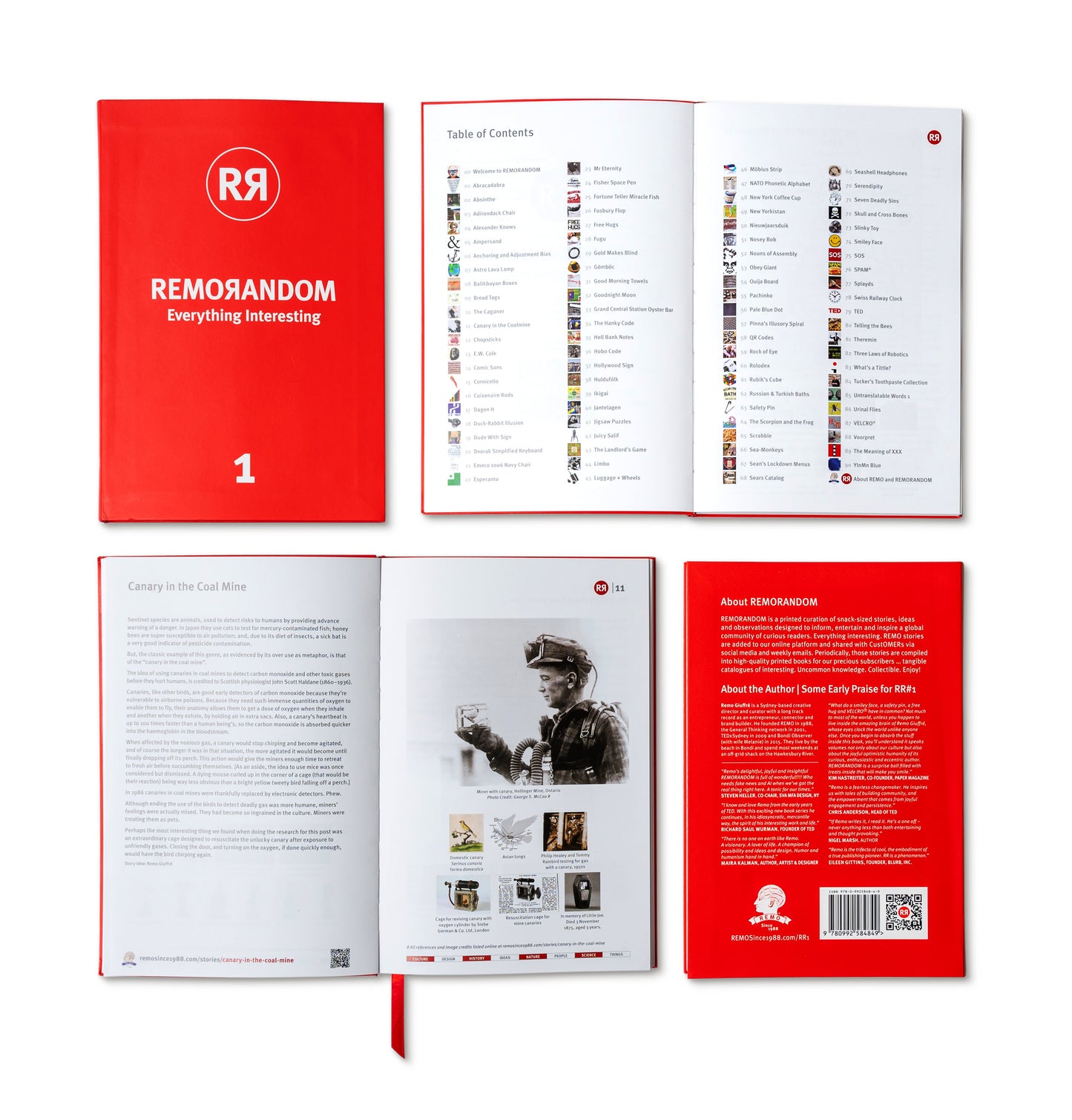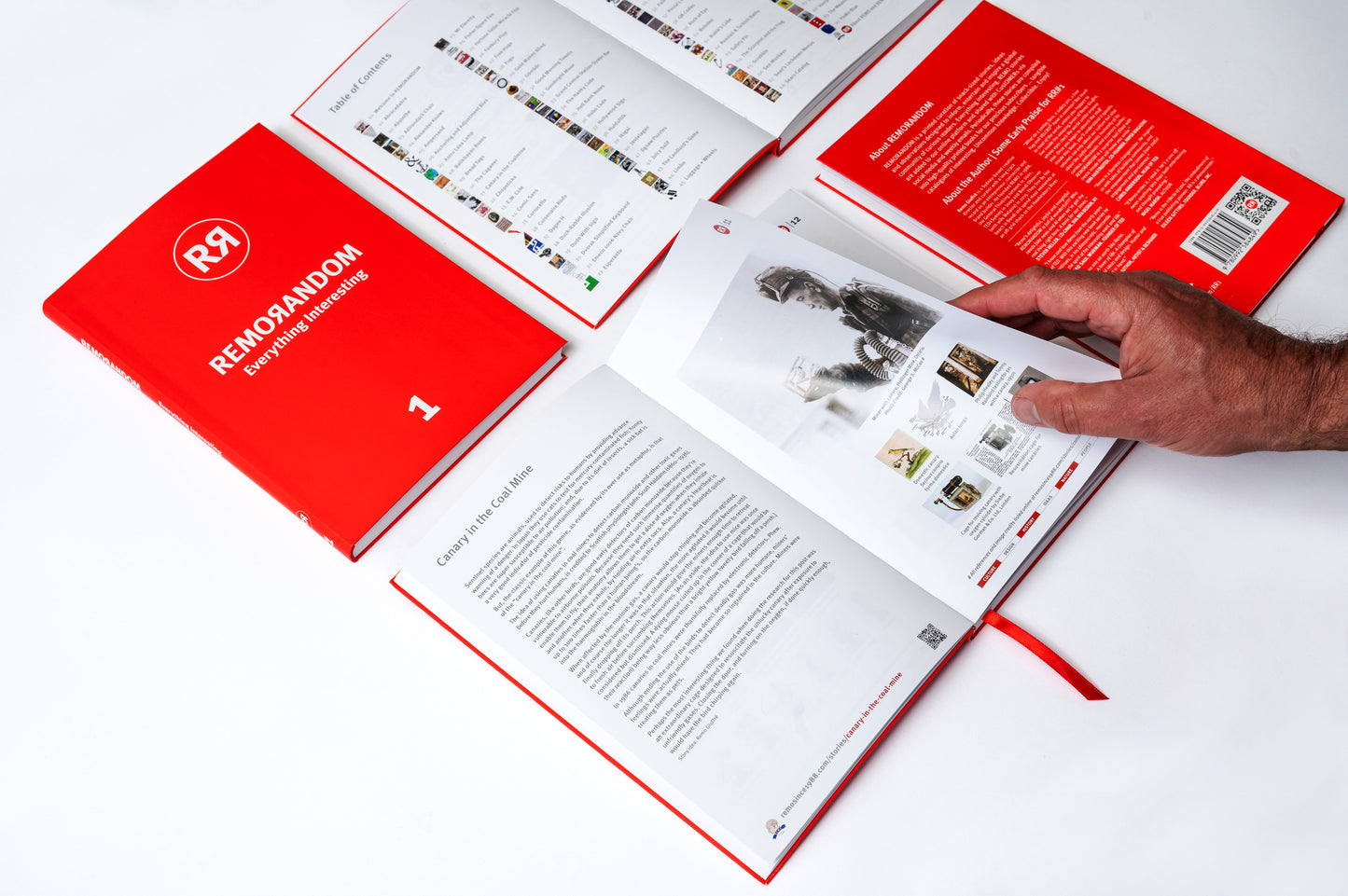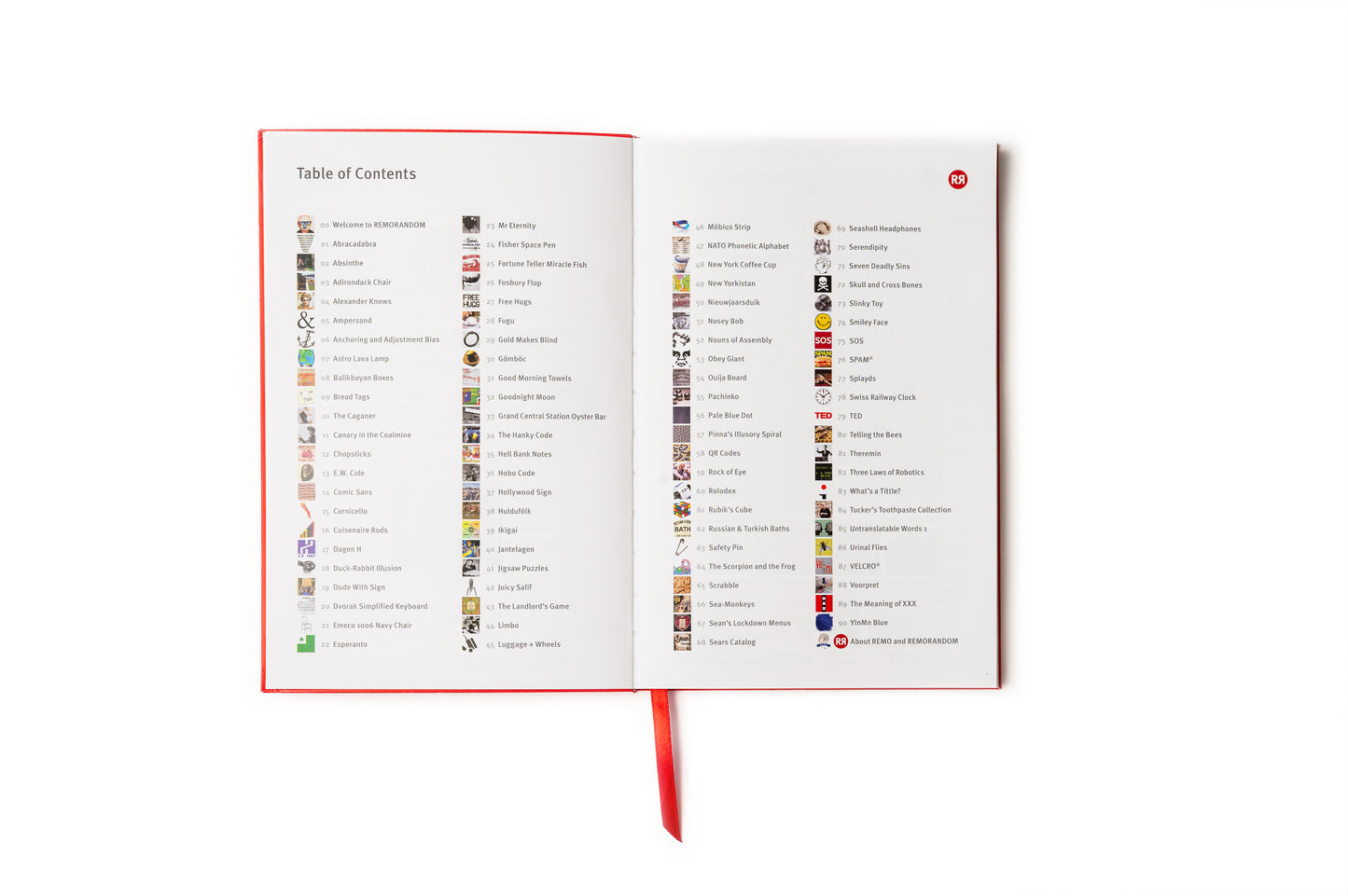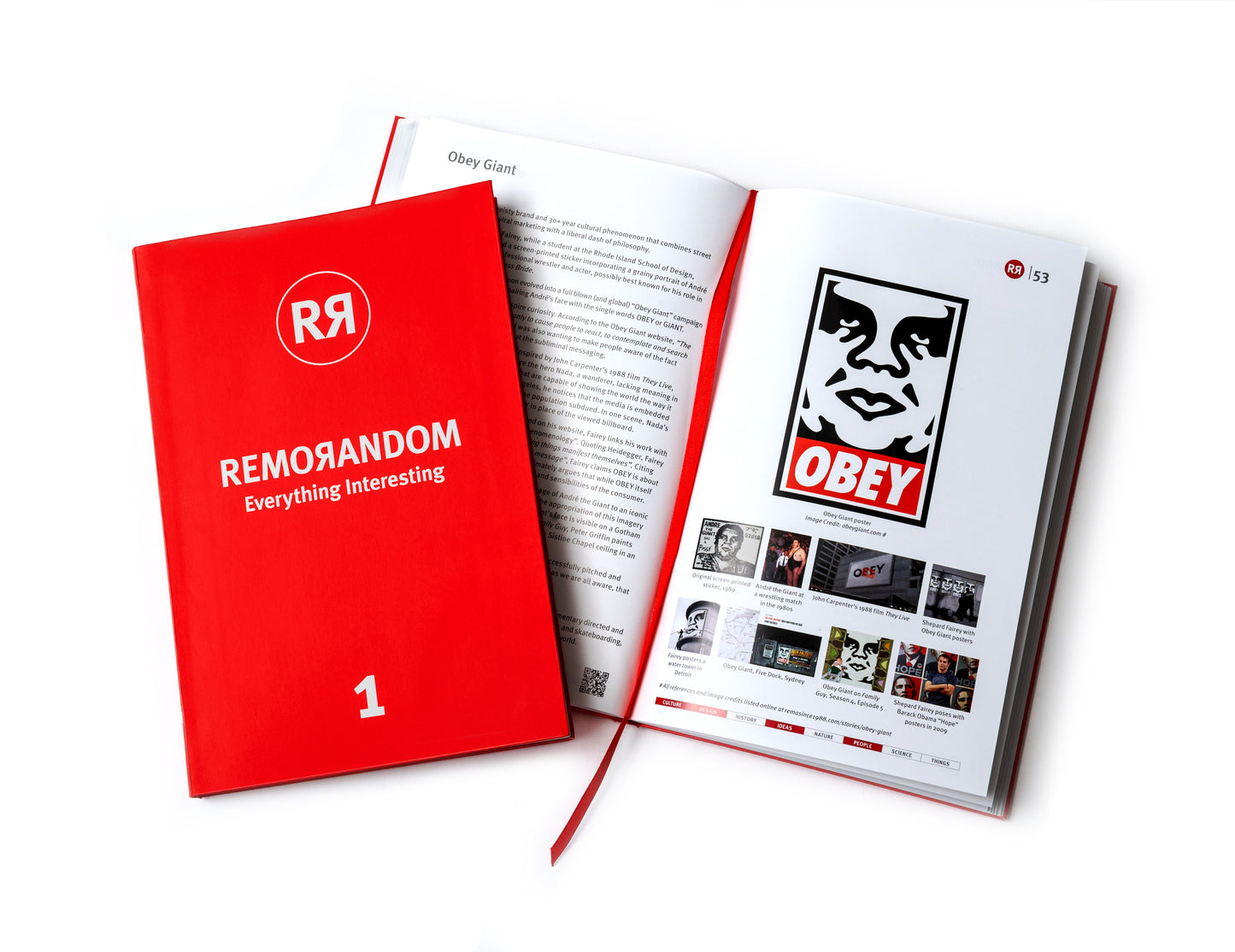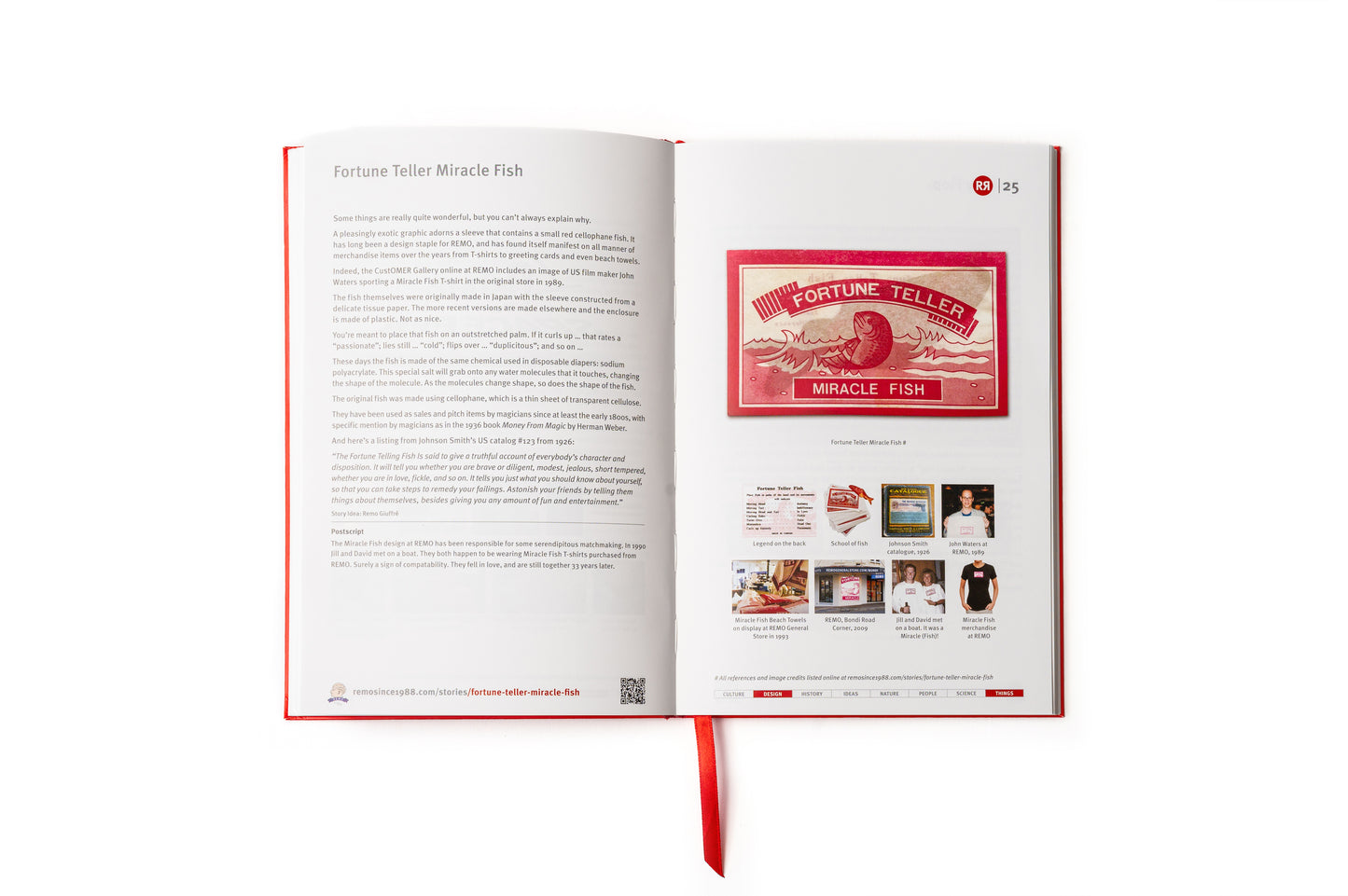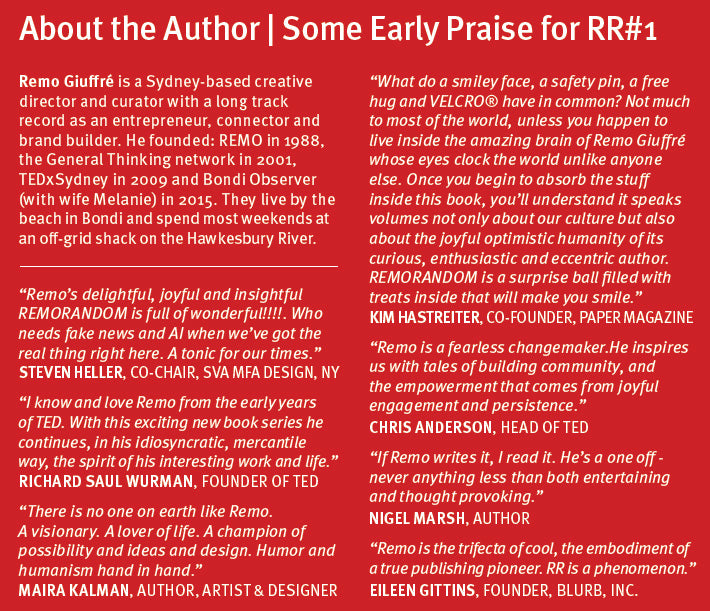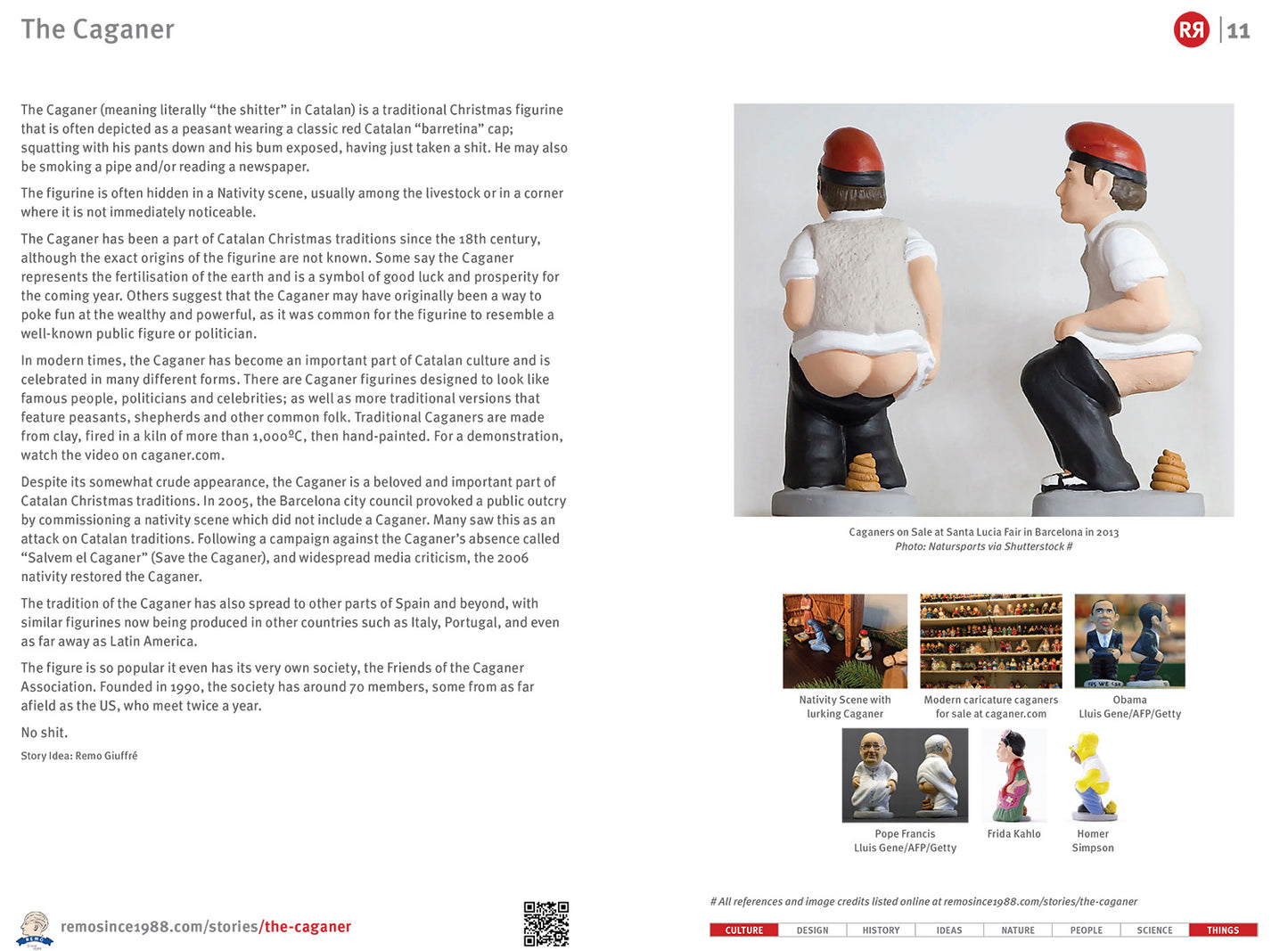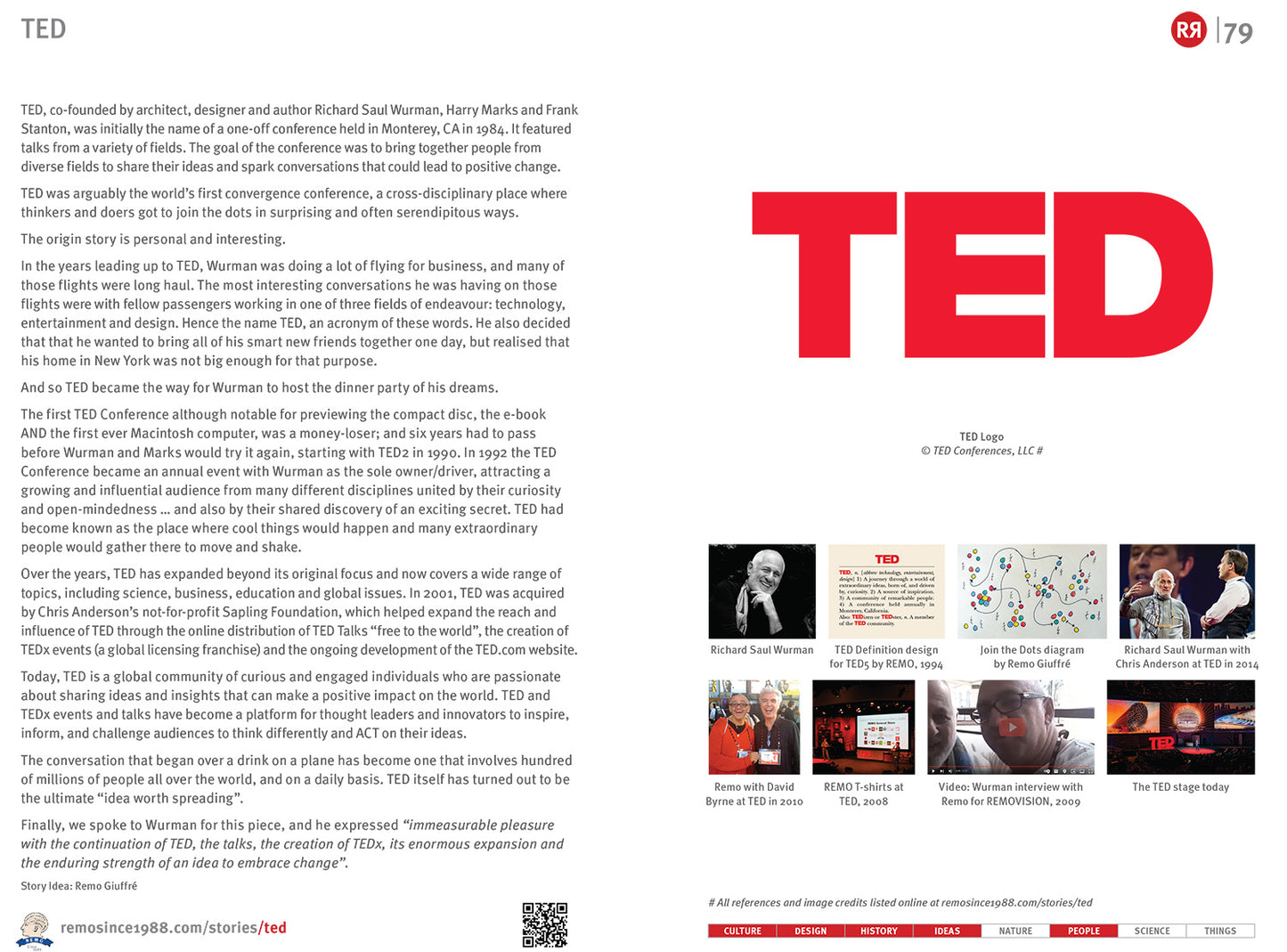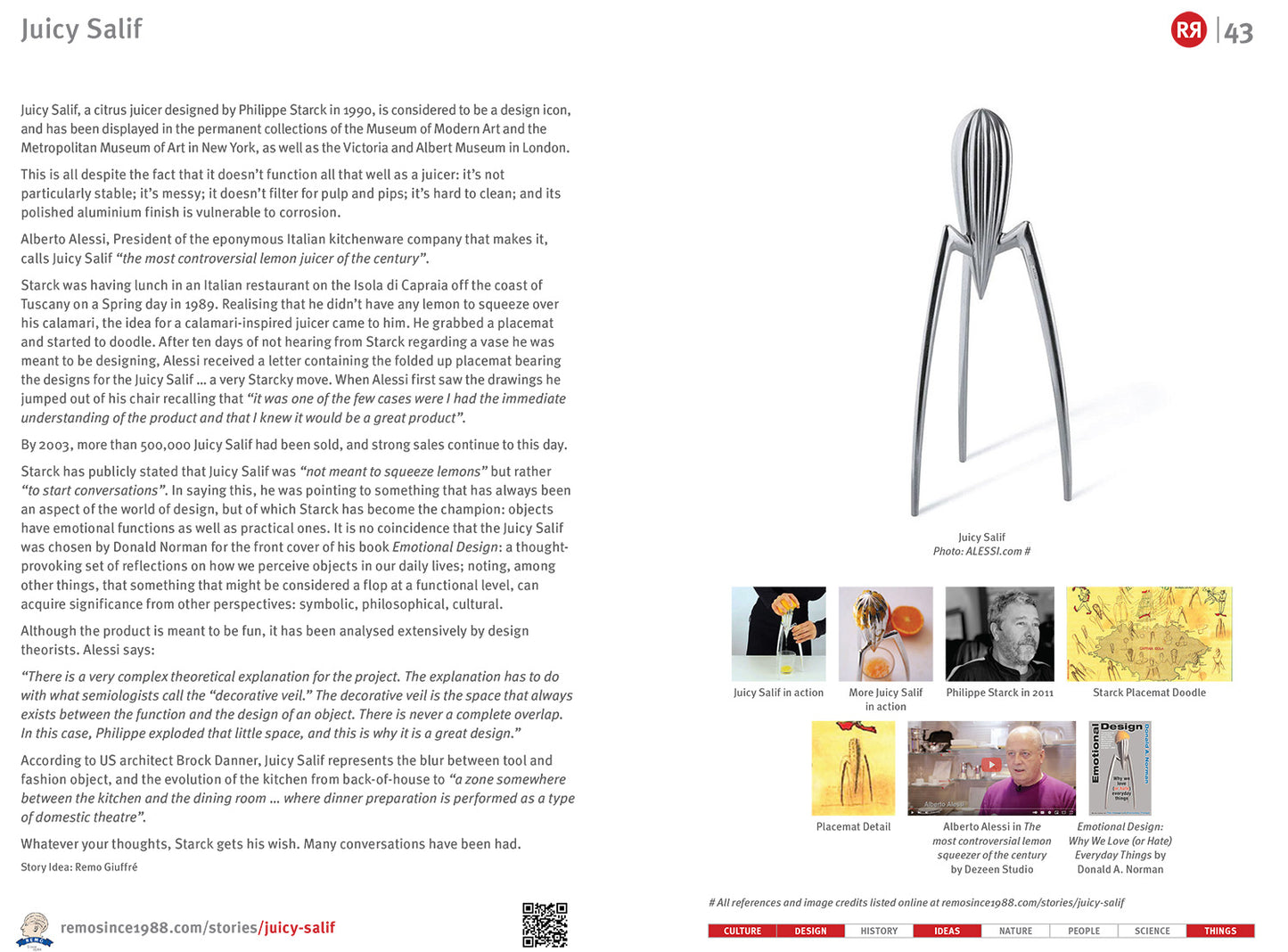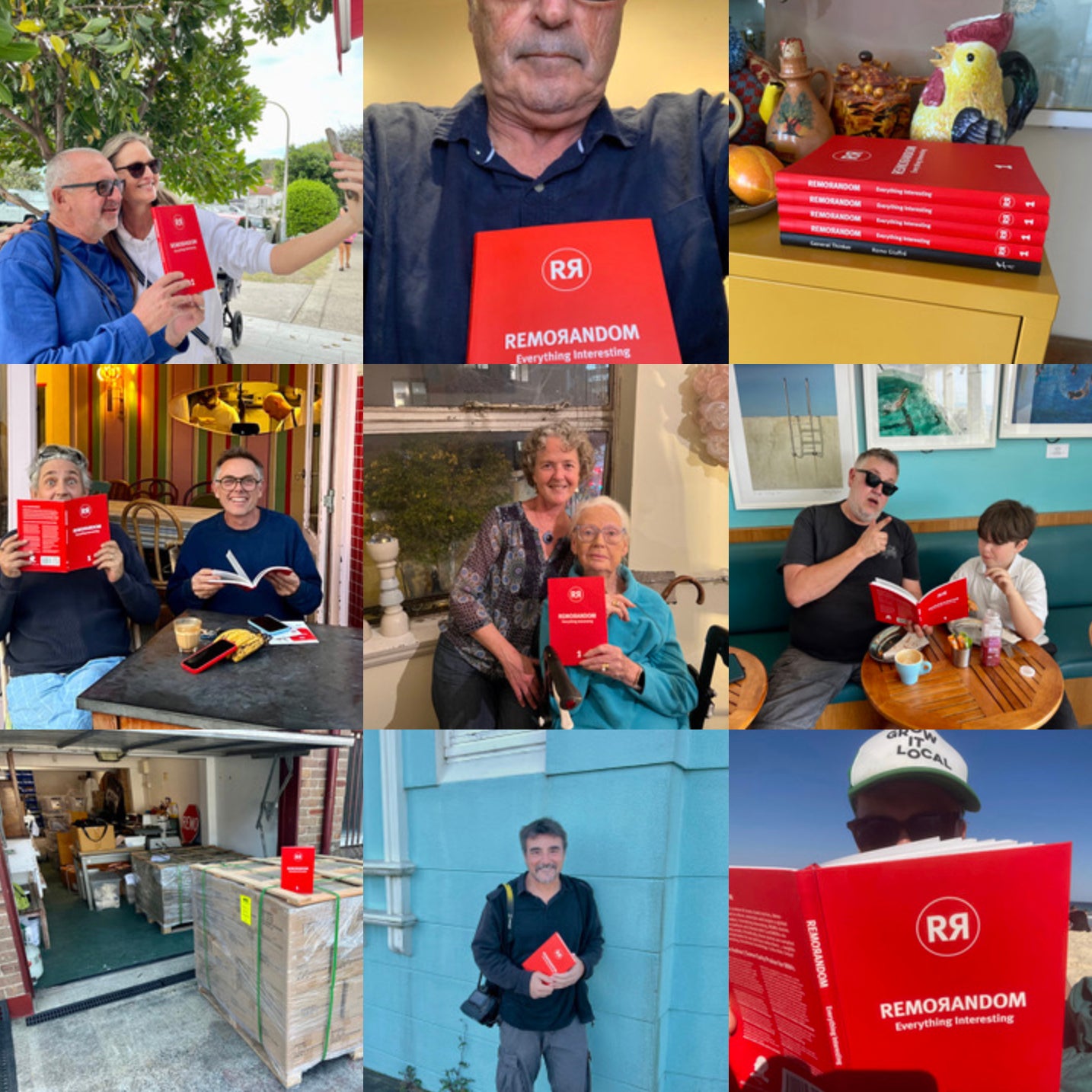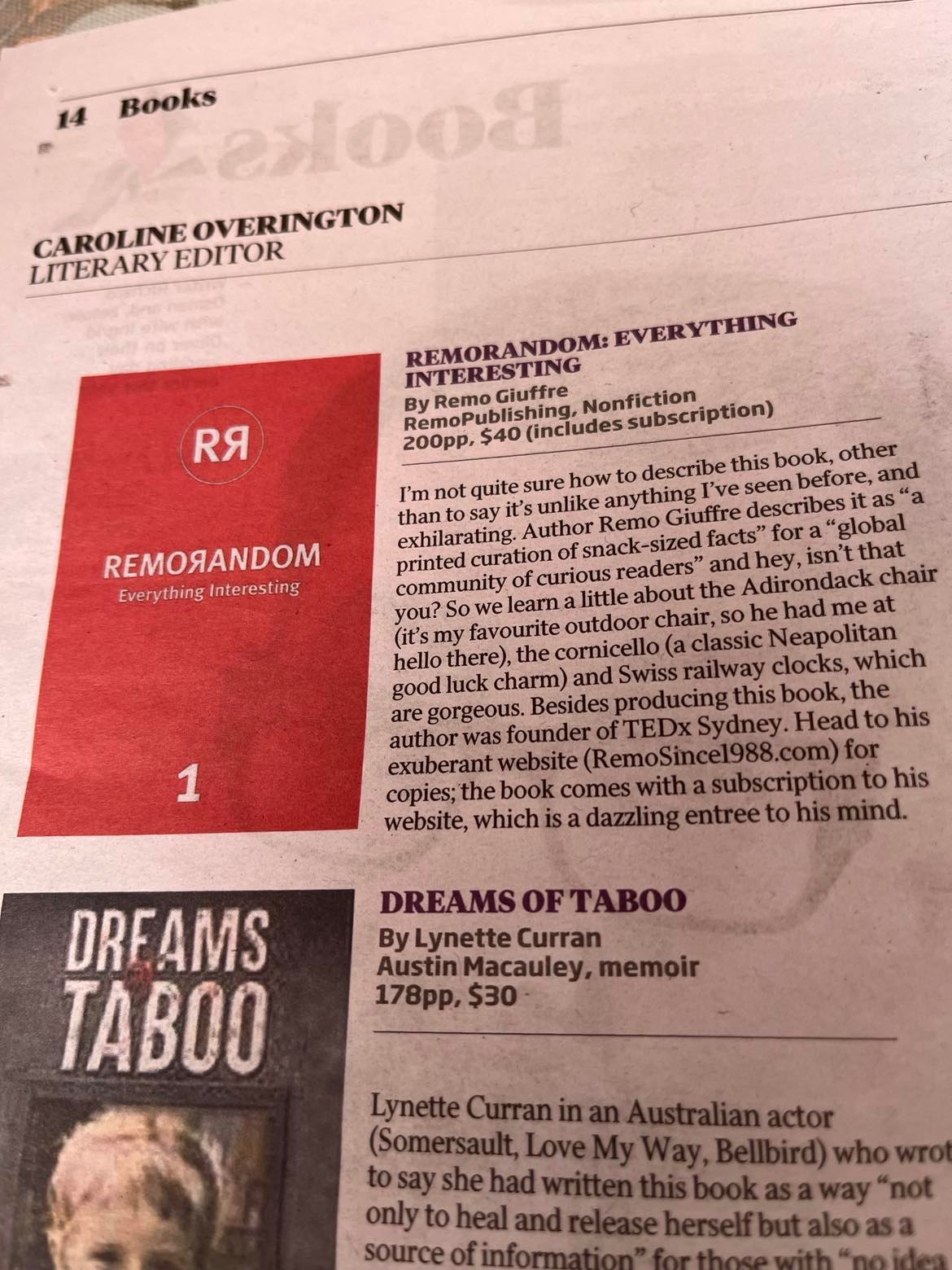Did you ever wonder about the swans on the River Thames?
Swan Upping is an annual ceremony in England in which swans (technical name: “mute swans”) on the River Thames are rounded up and tagged with a ring, and then released. The term "Upping" references the lifting up of the swans out of the water.
Historically, the reigning King or Queen was entitled to claim ownership of any unmarked mute swans swimming in open water or to grant such rights to others. It is not known when this custom began but the first written record of the swan as a royal bird dates back to around 1186. Historically, valuable rights of ownership were subsequently granted by the monarch to many people and organisations as swans were a prized food, served at banquets and feasts. Today, of course, swans are no longer eaten and are a protected species.
Apart from The Crown, only three bodies have retained their rights to own swans. These are the Ilchester family, which owns the swans breeding in the colony at Abbotsbury, Dorset, and the two Livery Companies, the “Worshipful Company of Vintners” and the “Worshipful Company of Dyers”. These two companies, together with The Crown, maintain the tradition of Swan Upping on the River Thames … although, as mentioned, these days the emphasis is conservational rather than culinary.
Originally, identifying marks were made on the top of the swan’s beak … one nick for the Dyers, two nicks for the Vintners. Current day ownership marks are made by way of a small numbered leg ring, but all Crown birds are left unmarked.
Swan Upping takes place during the third week of July. The Swan Uppers, dressed in uniform, travel in six traditional wooden skiffs, two each for The Crown, the Vintners and the Dyers with each boat flying the appropriate flags and pennants. The Uppers take five days to cover the 127 km (79 miles) from Sunbury to Abingdon, headed by The King’s Swan Marker, wearing a hat with a white swan’s feather.
“All up!” they cry as a family of swans and cygnets is spotted, and the Swan Uppers carefully position their boats around the swans, lift them up from the water and check their health.
The Swan Marker’s iconic journey upriver has been an annual ceremony for hundreds of years. Today, the main aim of Swan Upping is the welfare and conservation of swans on the River Thames, but it is also an opportunity to educate people about the importance of a healthy river.
__________________________
PS: The law relating to ownership of mute swans applies to dead as well as live birds and to any parts thereof. So, taxidermists beware!
Story Idea: Greg Ross
__________________________
References
https://www.royal.uk/swans
https://www.royalswan.co.uk/
https://en.wikipedia.org/wiki/Swan_upping
Images
1. Swan Upping on the Thames, illustration from Henry Robert Robertson's Life on the Upper Thames, 1875. Engraved by Williaw J. Palmer on drawings on wood by Henry Robert Robertson.2. An adult mute swan (Cygnus olor) in a pond near Vrhnika, Slovenia
3. Chaplin's Swan with Two Necks Hotel and Commercial Tavern, Lad Lane London. The "Two Necks" was thought to have been originally a reference to the "two nicks" idenfifying the swans as belong to the Vintners.
4. The Swan Uppers form a circle with their boats to lift the brood safely from the water.
5. On 20 July 2009, Queen Elizabeth II, as "Seigneur of the Swans", attended the Swan Upping ceremony, the first time a reigning monarch had ever done so.
6. The Queen's Swan Uppers with a mute swan during 2010 Swan Upping at Henley-on-Thames. Credit: Bill Tyne on Flickr.
7. Video: "Introduction to Swan Upping" by The Vintners' Company, 2014
8. Swan marker of the Worshipful Company of Vintners, in his blue uniform, during 2011 swan upping, Abingdon. Credit: Jun on Flickr.
